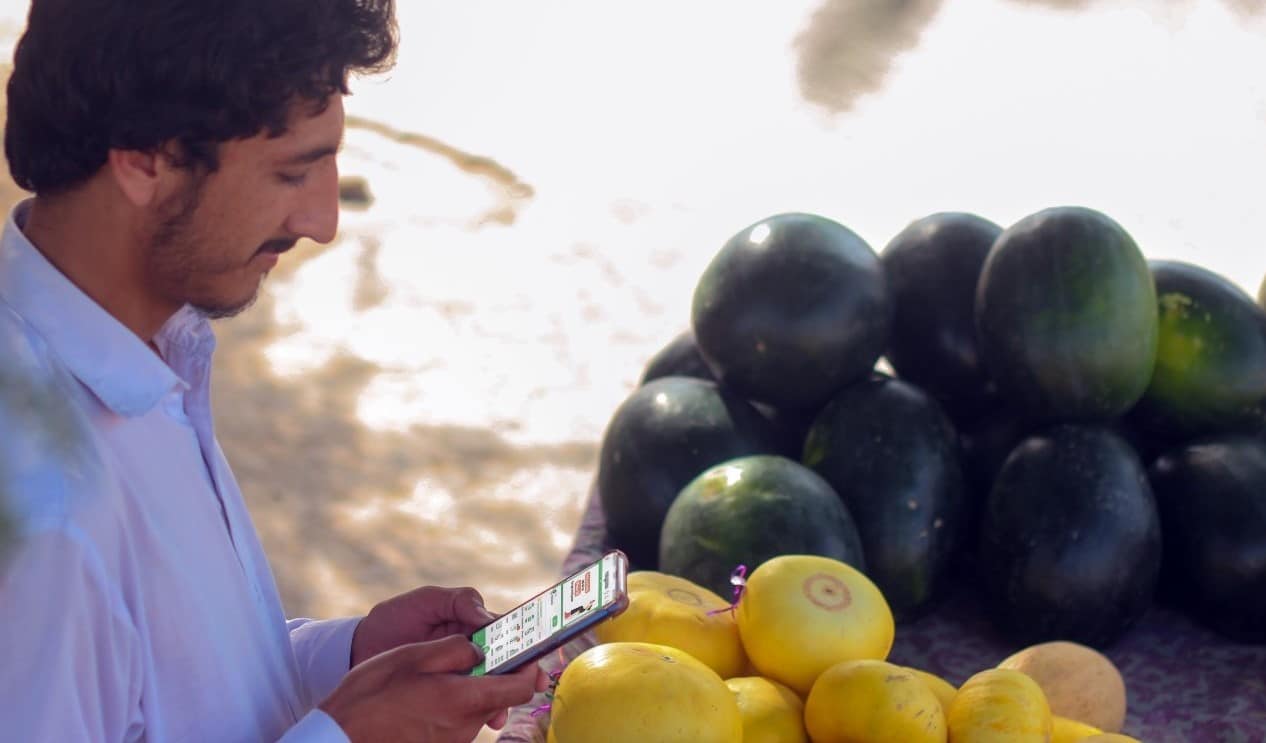By Subul Naqvi
The development of new technologies brings along countless possibilities for new innovations reshaping our everyday lives. Smartphones no longer only serve as a medium just to communicate but rather to operate as a multifunctional device enabling consumers, for example, to perform all kinds of financial services via their smartphones.
The possibility of using smartphones for proximity mobile payments and payments at a point-of-sale (POS) in a store offers an alternative to cash.
However, until now, most of the people in Pakistan rely on cash payments referring to it as more convenient and safer than any other medium available. During March 2020, Pakistan’s cash in circulation stood at over 40% whereas in India and Bangladesh, the percentage was less than 15%.
Moreover, since most customers are willing to pay in cash only, businesses, besides having digital options, have to rely on cash payments. Till now, no one knew that their preference for cash due to convenience and ease of doing business was about to transform totally.
The World Health Organization released a statement recommending people turn to cashless transactions and State Bank of Pakistan, along with digital payments service providers, also gave a significant push to digital payments to save people from contracting COVID-19, since cash-handling carries the risk of contracting the virus.
Many customers acting as responsible citizens have also started using digital options, which is clearly evident with the surge of digital payment usage in Pakistan.
There are six million micro, small, and medium enterprises (MSMEs) in Pakistan, but only 350,000 of them take formal credit from the bank. Almost 5.6 million of them do not even have formal financial access.
Despite strong support from the government and private sector to push digital payments in Pakistan, micro-merchants have remained wary and skeptical. Some of the barriers in the adoption of digital payments have made the potential of a cashless economy slow.
After analyzing the responses of small retailers who have not adopted digital payments or have started accepting them, albeit in a limited manner, the barriers to digital payments adoption become evident.
On the supply side, interrupted power supply, slow speed of internet, unreliable technological infrastructure, and poor capacity-building support in rural areas remain strong contenders for the non-adoption of this cashless technology.
Whereas, on the demand side, a limited number of POS machines, alternative digital payment options, and weak aggregate customer demand remained the top barriers to the adoption of digital modes.
Even during the ongoing situation, most of the customers preferred cash as their primary mode of payment. Some of the micro-merchants tried to go digital but were taken aback due to insufficient demand, low perceived benefits, and added complexity of the operation.
The difficulty in handling POS machines and the inability to handle unusual transactions are vital concern areas for many retailers.
Moreover, shop owners do not have any assistance to facilitate them on the use of technologies for digital payments, signaling a strong need for targeted communication strategies.
Most of the retailers are even not aware of the processes required for accessing digital modes. Some small businesses, including grocery retailers, are not willing to use digital transactions due to their small scale businesses.
Since our people are not tech-savvy, the fear of fraud and the trust factor of customers is also a major concern, which further curtails the usage of digital payment platforms. Due to these reasons, maximum payments are handled in cash. However, in big retail outlets, POS machines are integrated with inventory and billing.
While such integrated technology reduces the chances of a manual error from retailers’ end, it also brings fears of being included in the tax net and dealing with tax requirements and compliances.
Moreover, digitization efforts are usually aimed at improving micro-merchants’ adoption rate, but when it comes to supplier end, all the efforts go in vain. In such circumstances, the government should equally push digitization with respect to supply chains as well, which will lead to quick digital adaptation.
While we are mobilizing efforts and resources to bring financial inclusion in Pakistan by promoting digital payment platforms, we need to look deeply into the key barriers and challenges faced by both parties; only then can we bring normalcy in the post-COVID times.
Subul is the Head of Corporate Communications at Telenor Microfinance Bank / Easypaisa.


























Good article, clearly stating why we remain a cash economy.
How long will we have to wait to digitize our country with 60% of illiteracy and rural areas without digital services. The faster it’s done it will be better for the economy.
With every increasing data breaches and digital fraud, I would go as far as to say that some people are reverting from digital payment to cash for an added sense of security. Lack of govt. seriousness, poor justice system, poor cyber security protocol, poor protection of consumer rights, as long as these exist, people will not switch to cashless transactions.
Apart from the provided infrastructure, demand among the existing and potential customers is lacking big time. As Demand is the most important driving factor that will push for a better, more streamlined infrastructure, we should push for that.
To create demand we must engage the Government and other Stakeholders to design and execute multiple Communication and Promotional Campaigns. These campaigns should address the following:
1. Real time Fraudulent activities (regarding MFS) happening in Pakistan and how to avoid them.
2. How cashless transactions are more safe in terms of safety from theft and human errors in handling cash.
3. How cashless transactions safe guard the health of its users
No matter what the government or other organizations want at this time, what matters is the demand among users. Only demand will drive us towards more cashless transactions. So we should work on that.